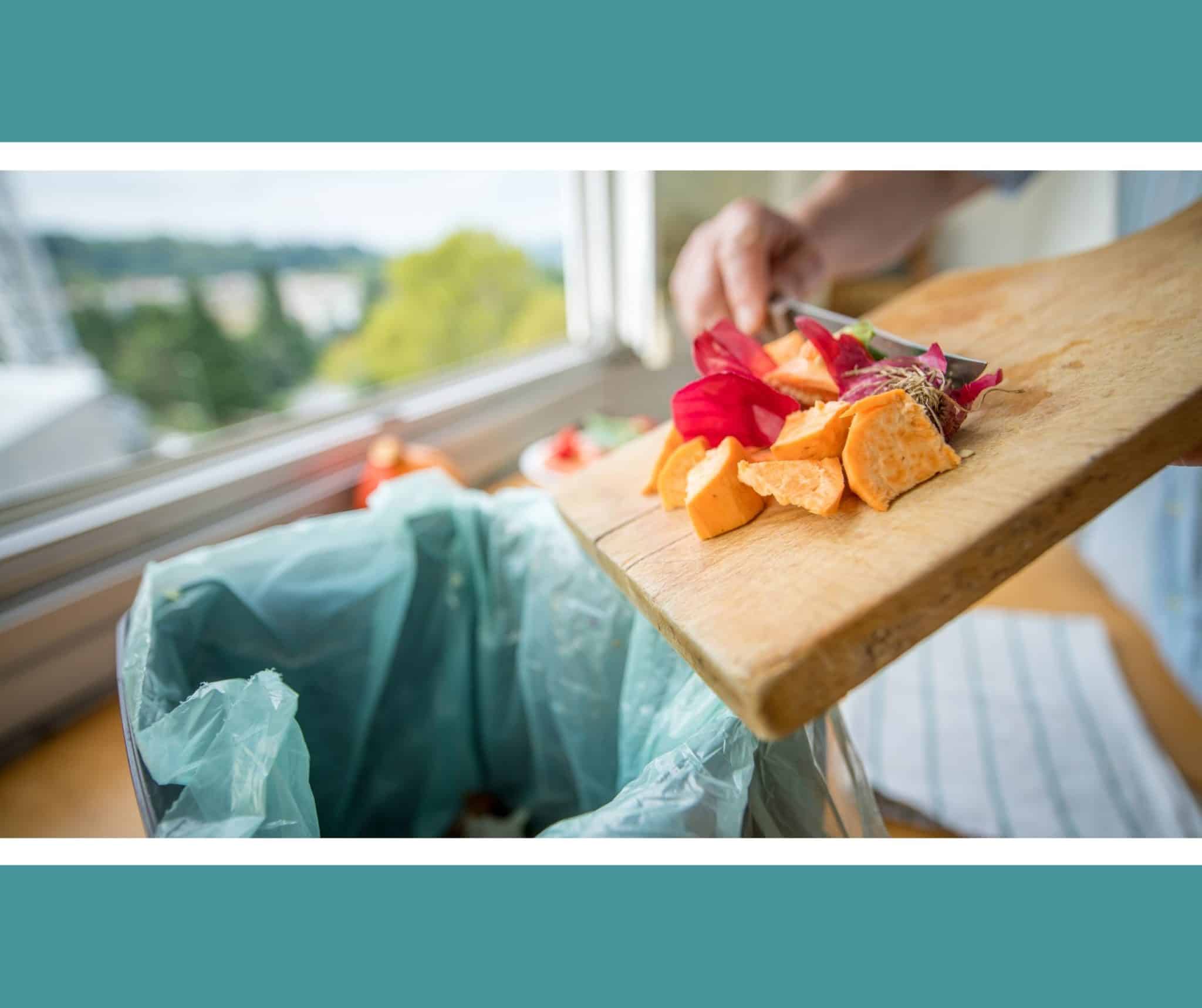 ☰ Menu
☰ Menu
 ☰ Menu
☰ Menu
We understand this issue, especially during a pandemic when resources feel scarce from limited trips to the grocery store and potentially less financial flexibility. But learning about new foods doesn’t need to be wasteful; learning and exploring food is never a waste. It’s valuable time for your child or student to have with food regardless of what level of learning or exploring they are at.
Here are some helpful tips for managing food “waste”, whether you are a parent or a professional, when it comes to using food as a learning tool and not necessarily for consumption.
1. Redefine the idea of “Waste”– When children are learning to eat, they are doing exactly that = LEARNING. Learning does not mean EATING. Children need to explore their food in order to learn the physics of that food before that food gets in their mouth so they can know how to perform the oral mechanics to manage that food. This is part of the NORMAL developmental process of learning to eat.
2. Serving size– when learning about food – especially foods you are fairly certain your child will not be learning about at the taste and swallow steps, portion size is important. Children do not need 15 blueberries to learn about. One is just fine. One blueberry is hardly seen as “wasted” if it doesn’t get eaten.
3. Choose foods that already are or can be pre-packaged so you can easily bring out only 1-2 servings. Here are some foods we love to keep handy for learning because 1. they are easy to keep in the freezer/cupboard, 2. they are small pieces or come in small servings, and 3. you can easily pullout just 1-2 pieces for each person for learning: Frozen meatballs, mini quiches, frozen chicken fajita meat, frozen chicken nuggets, mini pancakes, pepperonis, frozen breakfast sausage, any frozen fruit or vegetable, frozen raviolis, most shelf stable crackers, and cereals.
4. Consider ways to make less shelf-stable foods last longer– For example, feeding a child who is just learning to eat purees can feel very wasteful to many parents. You open a baby food pouch or applesauce jar, start spoon-feeding from the container, and your child only takes only a few bites. Whether it’s baby food, applesauce, pudding, or yogurt, try this instead. Purchase a silicon ice cube tray and when you open the container, spoon out only the small portion you will present to your child into a bowl. Then pour/squeeze the rest of the container into the silicon ice cube tray and freeze the leftovers. With this trick, you have been able to take what was one too-large of serving and turn it into 2-6 “exploration-sized” servings. Once fully frozen, you can remove your puree cubes and place them into baggies that you label and keep in the freezer for future use.
5. Think leftovers. If the food you want your child to learn about needs to have a full serving/portion cooked or purchased (e.g. pasta, bread, fresh fruits/veggies), think about how you can serve that food in regular portions to the rest of the family BUT keep some small portion off to the side. This small portion can be what your child explores. Also, at the end of the meal, if there are any leftovers, DON’T throw them away. Instead, package those up and later have your child help you make a new dish like Spaghetti pie, breakfast casserole muffins, or a smoothie. If your child is not at the eating step with that food, you can bring out the leftovers for them to poke, cut, chop, stir, reheat, etc. as part of exploring that food.
6. Composting– many homes have begun to think beyond food “waste” through replenishing the soil for new growth. Whether you start a small home garden or look into your city’s composting programs, composting is a great way to rethink your extra food so that nothing goes to waste.
For those of you who may be less familiar with the SOS Approach and why we would encourage learning about food with our eyes, hands, and body and not necessarily only eating for consumption. You can watch our Parent/Caregiver Workshop and learn more about the SOS Approach to Feeding.
Copyright SOS Approach to Feeding © 2024 | Web Design by Webolutions